23+ Sample Training Evaluation Form
-

Training Course Evaluation Form Template
download now -
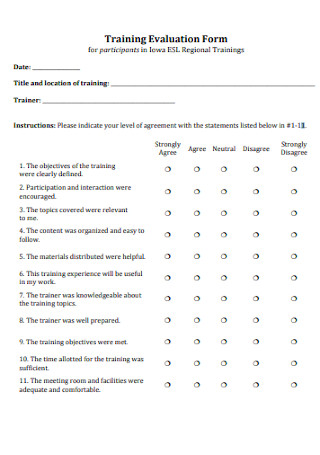
Sample Employee Training Evaluation Form
download now -

Printable Leadership Training Evaluation Form
download now -
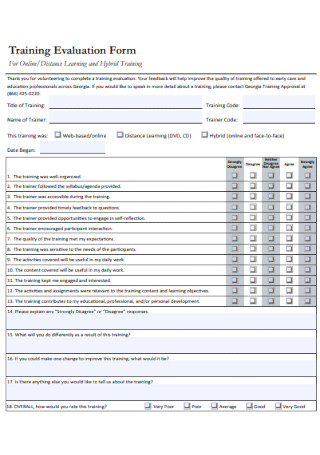
Training Feedback Approval Evaluation Form
download now -
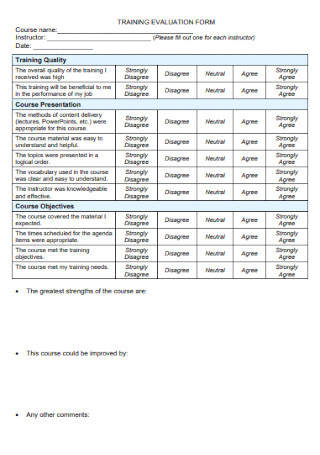
Training Assessment Evaluation Form Format
download now -

Training Workshop Programme Evaluation Form
download now -
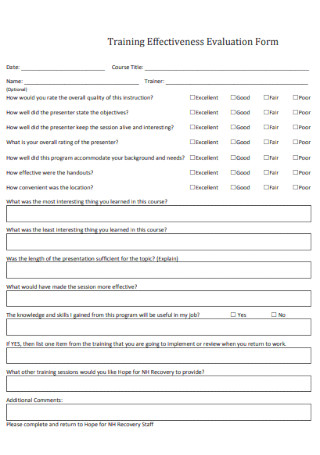
Training Questionnaire Effectiveness Evaluation Form
download now -
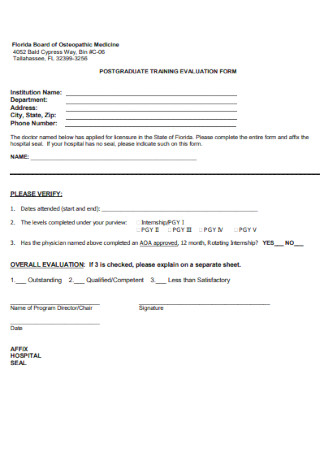
Postgraduate Job Training Evaluation Form
download now -
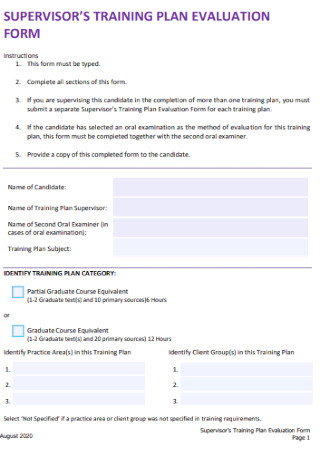
Supervisor Performance Evaluation Training Plan Evaluation Form
download now -
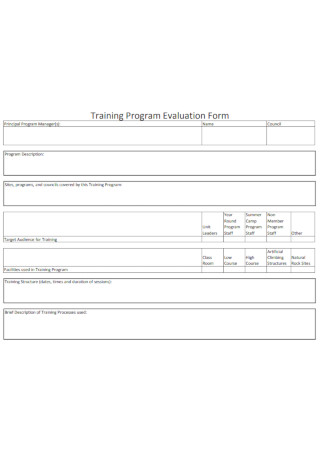
Training Facilitator Program Evaluation Form
download now -
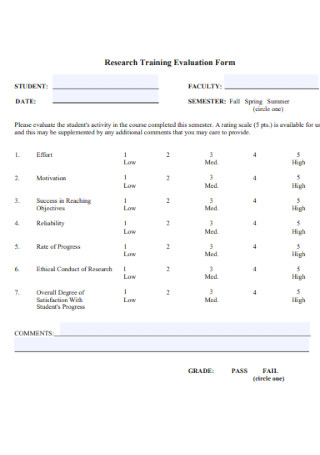
Research Seminar Training Evaluation Form
download now -
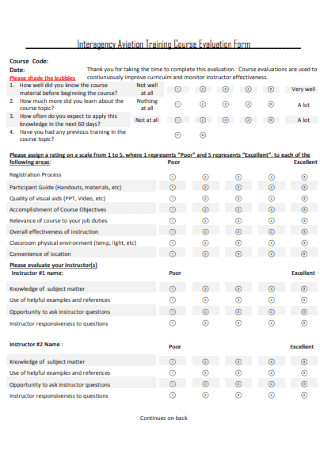
Aviation Training Session Course Evaluation Form
download now -
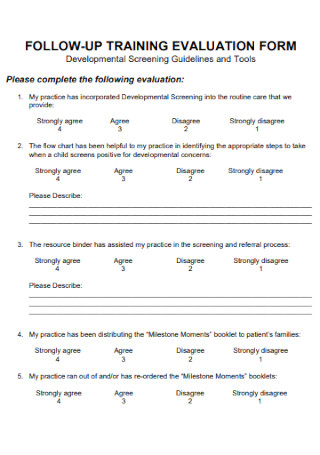
Follow Up Survey Training Evaluation Form
download now -

Office Staff Training Evaluation Form
download now -
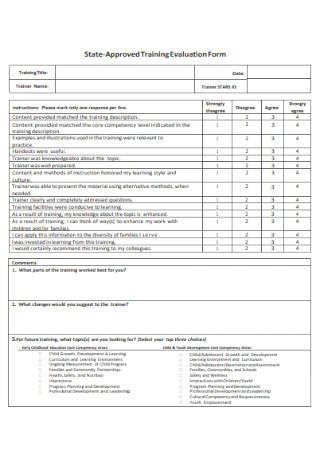
State Approved Teacher Training Evaluation Form
download now -
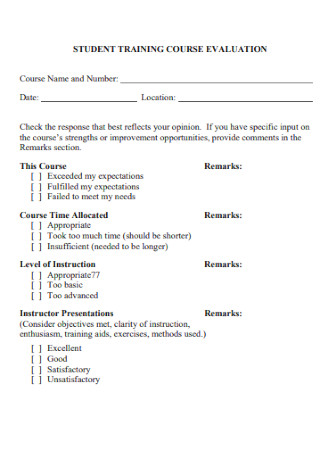
Editable Student Training Course Evaluation Form
download now -

Student Placement Training Evaluation Form
download now -
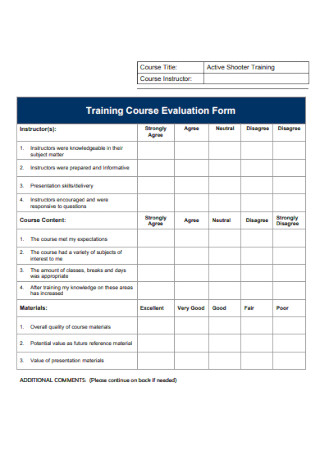
Training Learning Course Evaluation Form
download now -
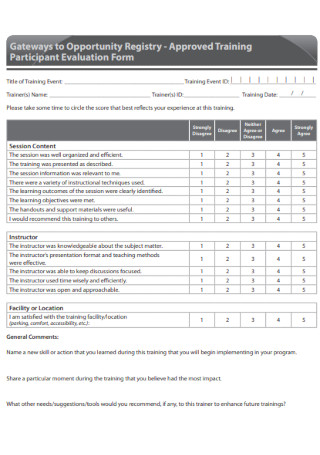
Training Communication Participant Evaluation Form
download now -
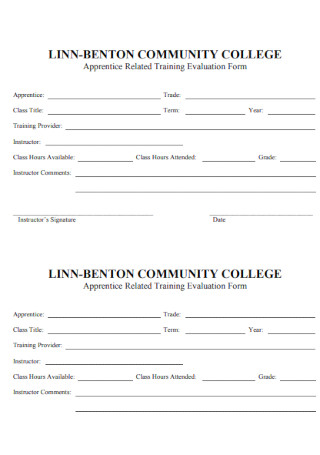
Apprentice Manager Training Evaluation Form
download now -
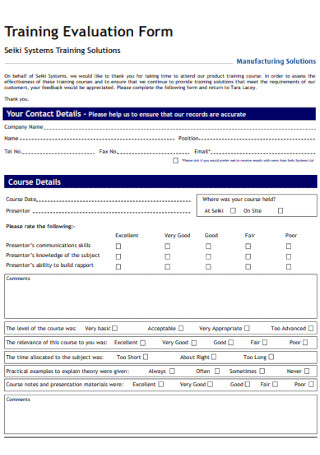
Systems Training Evaluation Form
download now -

Training Evaluation Form
download now -
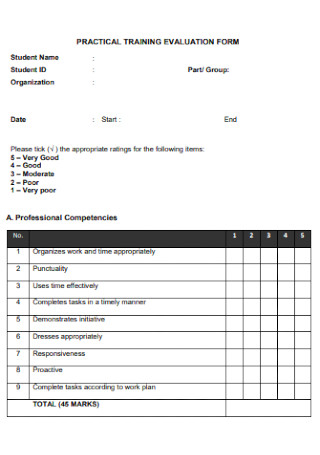
Practical Training Evaluation Form
download now -
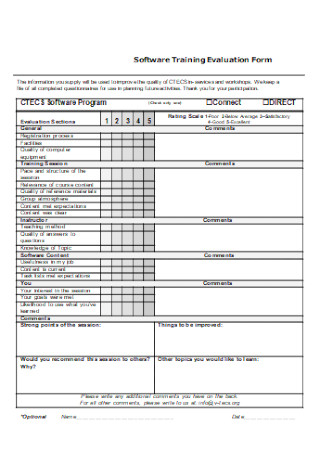
Software Training Evaluation Form
download now
FREE Training Evaluation Form s to Download
23+ Sample Training Evaluation Form
What Is a Training Evaluation Form?
Why Are Training Evaluation Forms Necessary?
What Are the Elements of a Training Evaluation Form?
How to Make an Excellent Training Evaluation Form
FAQs
What are the different training evaluation tools?
What are the main types of evaluation?
How do you conduct a training evaluation?
What Is a Training Evaluation Form?
A training evaluation form is an official document or survey questionnaire that assesses how comprehensive and effective a training session is, according to the evaluator’s observations. And the form aims to evaluate the overall training program based on training quality, participants’ feedback, time and productivity, etc. Thanks to these training evaluation forms, not only the participants but also the ones who conducted the training will be aware of important training aspects they might have failed to notice.
Lorman reported that 74% of employees are eager to master new skills and be trained. Yet, 59% of workers agreed that they never had any training in the workplace.
Why Are Training Evaluation Forms Necessary?
While it is standard that training itself is important to develop participants and be more productive with their jobs, why should there be an evaluation towards training in the first place? In this section, get to know the important reasons as to why a training evaluation form is needed.
Monitoring Purposes
You can certainly rely on the training evaluation form in terms of monitoring how training sessions take place from start to finish. Maybe the company keeps giving training and development programs yet the evaluator notices that the program is pointless and not helping the participants in any way at all. Evaluators should visit and check the training from time to time for assessment. Hence, training evaluations are a substitute for training survey forms.
Capture the Pros and Cons
Training evaluation forms are used to determine how training takes place from a third-party perspective. That means the results covered in the form will not only focus on the positive elements of a training program but also its negative sides. This approach is how you prevent biased opinions into a training needs analysis report. Also, the results, whether good or bad, will keep your company in the loop about the actual training rather than basing on assumptions for awareness only.
Smart Recommendations
After figuring out the pros, cons, and other factors for analysis about training sessions, the forms also serve as a basis in formulating training development plans. Awareness is not enough because there has to be a corrective action plan after analyzing and evaluating training results. Therefore, organizations can finally come up with smart ideas and recommendations to improve training programs next time. And aiming for continuous development is just what any business needs.
Feedback Acknowledgment
A training evaluation form does not only provide observations from the evaluator. It also seeks feedback from the training organizers and the training participants themselves. Acknowledging feedback is extremely important as you can weigh out the difference between what training organizers and participants say about the training. Also, you can get fresh ideas from the participants whether they were satisfied or dissatisfied with the training given.
Training Flexibility
Do not assume that training evaluation forms are limited to workplace training purposes only. The form is flexible for all types of training sessions. You can use this form for student training, workshop training, theater training, medical training, individual training plan, and other forms of training. However, you cannot use the same criteria for all types of training because it has to be personalized according to the training purpose.
What Are the Elements of a Training Evaluation Form?
Although the purpose, content, format, layout, and design of a training evaluation form differ from one organization to another, it is likely that the form contains standard elements. It is expected that training evaluation forms contain the following components:
How to Make an Excellent Training Evaluation Form
Now that you have been officially trained regarding the training evaluation form’s meaning, importance, and necessary elements, you are absolutely ready to create your own training evaluation form. And to make sure that you manage the process excellently, be sure to follow these essential steps:
-
Step 1: Pick a Sample Training Evaluation Form Template
There are 22+ training evaluation form sample templates in this article. Be sure to choose and download your preferred template so you never have to go through the long process of making one from scratch. You may go for the training evaluation form for employees, online training evaluation form, post-training evaluation form, medical training, and other printable examples. Every downloadable training evaluation form is ready to edit as well so take advantage of personalizing the template from top to bottom.
-
Step 2: Set Goals According to Training Purpose
Now that you have picked an editable template, proceed to set the training evaluation form’s goals that meet the training purpose and objectives. A clear statement of purpose will help in reassuring what the whole training is for. This is also the part where you provide an insightful introduction about the form’s intentions and why there is a need to evaluate them in the first place. That way, whoever checks the document will understand the objectives behind establishing it.
-
Step 3: Determine the Appropriate Training Evaluation Questions
Of course, you can’t forget the main meat—the training evaluation form questions. If you have made a survey or interview questionnaire often, this step will be easy. Just list down the appropriate questions to evaluate training. A tip is to ensure the questions are connected to the training objectives. Questions could be related to how organized the training is, how effective the service is, if there is a new improvement at all, etc. Also, decide if you provide multiple-choice answers or be open to other possible answers. And the questions should help in gathering reliable results as they will be used for analysis later on.
-
Step 4: Set the Appropriate Evaluation Criteria
Besides the basic questions, training evaluation forms also have standardized criteria. The common approach is to use the Likert scale where evaluators can either strongly agree, agree, neutral, disagree, or strongly disagree with each question or item in the form. As much as possible, the criteria being set must be appropriate to the questions. For example, you can’t use the Likert scale if the question requires feedback. Criteria analysis should be implemented before deciding on what to apply for your training evaluation form.
-
Step 5: Complete the Standard Elements
Recall the essential elements of a basic training evaluation form, from the title down to the notes, as previously discussed. You may have missed an element that makes your training evaluation form incomplete. Also, there is room to add more elements that you think are relevant to the training objectives and the form itself. Also, take this opportunity to evaluate the evaluation form because there might be some littered errors that can only be a hindrance during the actual training evaluation or assessment soon.
-
Step 6: Ensure an Easy-to-Follow Structure
Lastly, aim to perfect your training evaluation form in general. The best advice is to observe an easy-to-follow structure. With simple words and instructions, evaluators and anyone who checks the document won’t have a hard time deciphering its data. Training evaluation forms are meant to be simple, short, yet highly organized. A one-page fact sheet is enough. And once you are confident with the outcome of your work, submit it and let evaluators use it for upcoming training sessions.
FAQs
What are the different training evaluation tools?
Training evaluation tools are used to gather training program data. And these tools are either in the form of a questionnaire, interview, focus group, or general observation.
What are the main types of evaluation?
Evaluation is known to have four main types. These are the process, impact, outcome, and summative evaluation.
How do you conduct a training evaluation?
A training evaluation can be established in a matter of four steps: (1) assess each training session on a step-by-step basis, (2) formulate standard key performance indicators (KPIs) per program, (3) choose the right training evaluation type per training, and (4) gather feedback from participants.
You can never go wrong with training evaluations using a pivotal important business document known as the training evaluation form. It covers not only the training process flaws but also highlights the advantages and suggestions to implement training improvement. So the next time your organization decides to push through any training program, use a sample training evaluation form template to assess its quality and effectiveness ahead. Download now!
